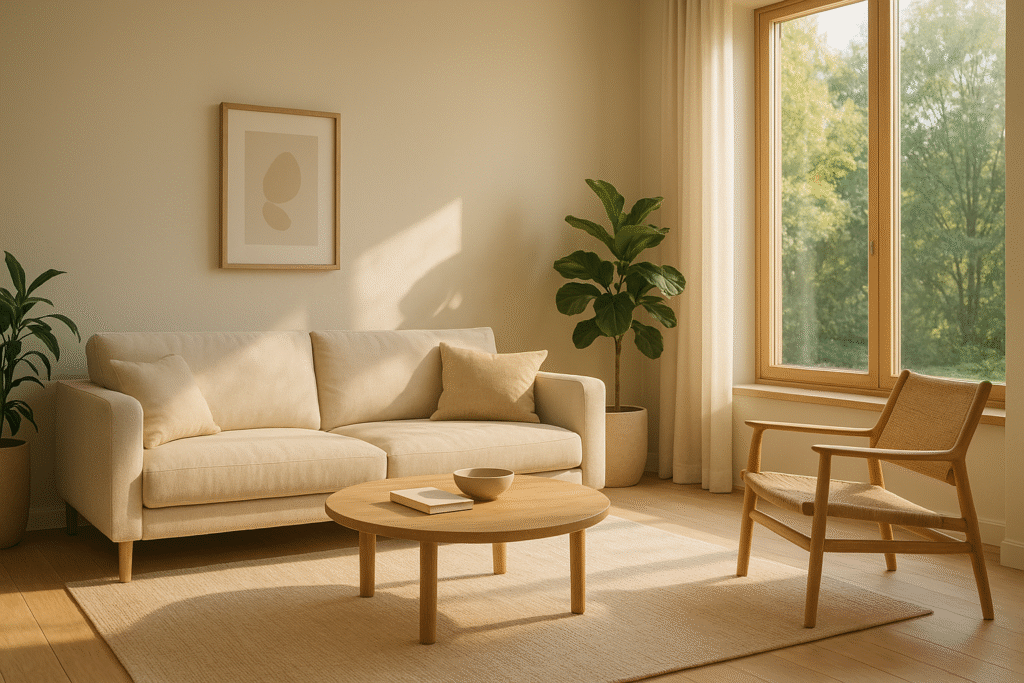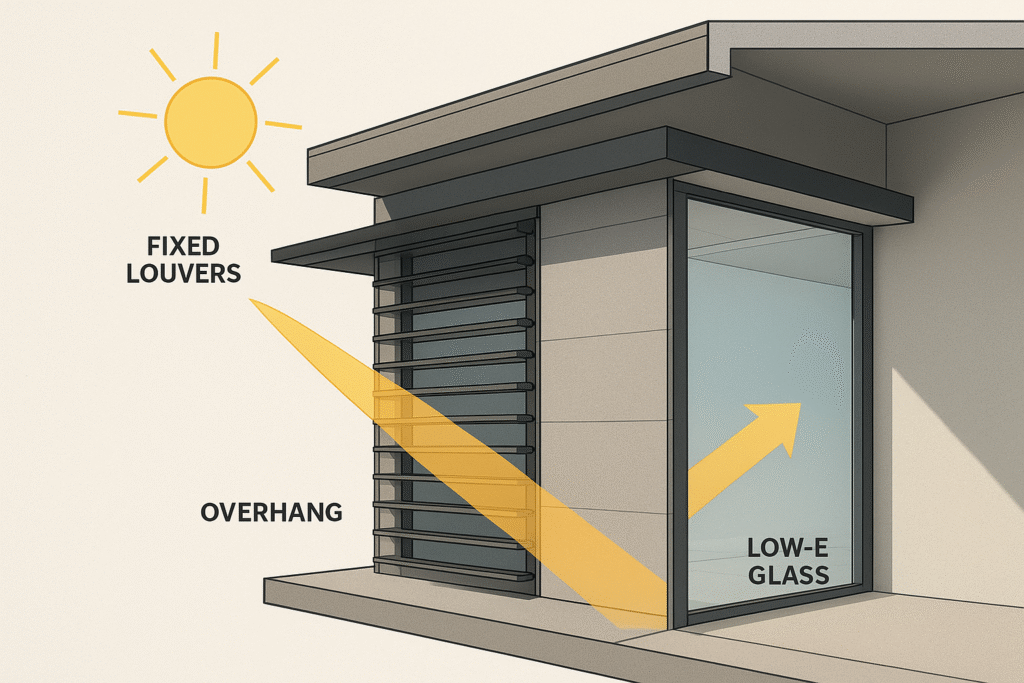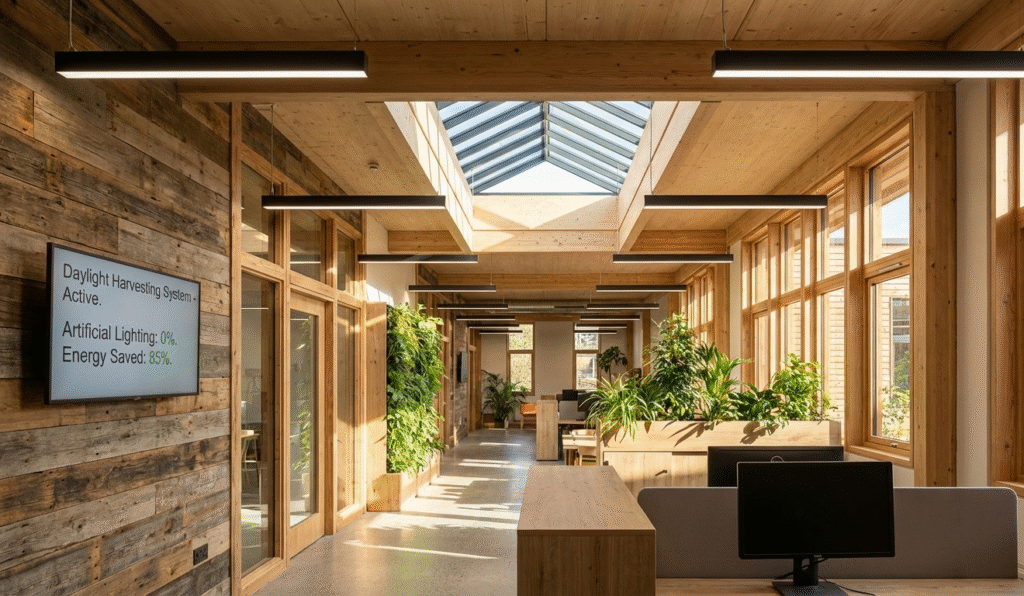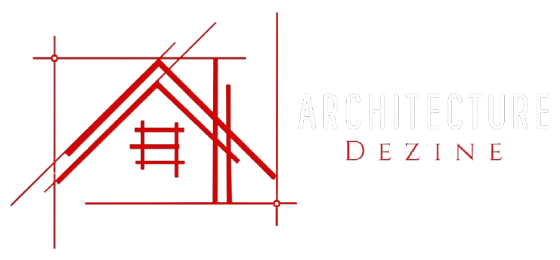In the lexicon of architecture, light is not just a tool or something that allows you to see; it is one of the fundamental design elements. More than just brightness, natural daylight is the main material architects use to manipulate mood, define perception, and improve the utility of spaces. Light is a vibrant, dynamic, and fluid medium through which a structure connects to its environment. With skillful planning, light improves the quality of life for users, significantly elevates the aesthetic of design, and greatly impacts energy performance, making an unremarkable building an emotionally responsive environment. Mastery of natural light is, therefore, the hallmark of contemporary, human-centered design.
Why Natural Light Matters in Architecture

The focus on daylight is deeply influenced by human biology and psychology. Human bodies work according to circadian rhythms, which are internal biological clocks otherwise influenced primarily by sunlight. A space that neglects this connection provides insufficient indoor spaces.
Designers know that maximizing daylight will have tangible human benefits – elevation of mood, increased productivity and greater comfort. Exposure to daylight during the day supports sleep rhythms at night and therefore occupant well-being. This concern aligns itself naturally with the concept of biophilia – our basic need to connect with nature. By framing views and pulling sunlight deep into the building, designers are able to support this essential connection making the building feel alive, rooted and restorative. Natural light becomes, therefore, not a feature, but a necessity to human wellbeing.
How Natural Light Enhances Interior Spaces
The strategic use of daylight is the most cost-effective way to elevate a design’s aesthetics, creating a sense of luxury and depth that no artificial system can fully replicate.
Natural light has a special capacity to make any indoor space feel larger and airier. By eliminating dark corners and extending the views to the outside, the edges of the room appear to recede. Moreover, daylight also brings shadows and depth, which are vital for visual interest. The patterns of light and shade change throughout the day and showcase the form and architecture of the structure.

Moreover, light showcases the inherent beauty of materials. Sunlight hitting a raw wood wall, an exposed stone wall, or polished concrete highlights the texture and tactile quality of the material, converting any surface into a sculptural element. Colors beautifully appear more true, more rich, and more natural in daylight versus a commercially available bulb, giving a high quality to materials and finishes and furnishings. Natural light establishes the standard for how well lit spaces can be. Whether it is the practical light in a working kitchen, the warm glow of a living room, or that diffused light in a bedroom, natural light is the measuring stick against which all other light quality is measured.
Techniques Architects Use to Maximize Natural Light
The skillful use of light is grounded in a definitive awareness of the sun’s trajectory and a collection of sophisticated construction methodologies. Architects utilize a handful of fundamental strategies to manipulate, diffuse, and control light in their designs:
- Window Placement & Orientation: This basic technique involves placing large glossy sections to achieve desirable light in the best direction (e.g., north-facing glass allows for consistent cool light, while south-facing glass gives maximum heat gain, which is moderated by overhangs). Windows don’t just provide a view… they are sized and shaped with the intention of moderating the beam of light.
- Skylights & Roof Openings: They are essential for single-story buildings or to daylight the center of large floor plates where lateral windows are ineffective. Skylights, clerestory windows, and light monitors bring vertical light down through the building, creating high levels of uniform brightness.
- Glass Walls & Large Glazing: Current structural possibilities facilitate almost seamless glass facades that optimize light penetration and create a slightly blurred threshold between the inside and outside yet visualize the interior space extending beyond normal limits. This is common place in 21st-century minimal designs.
- Light Wells & Courtyards: In areas that are dense with urban development or within larger commercial buildings, light wells and interior courtyards are thoughtfully carved from the mass of the building. Collectively, the vertical shafts of the building or the light wells function as light bins to provide daylighting and ventilation to a building, especially on lower floors or rooms that are otherwise facing into the building.
- Reflective Surfaces & Materials: White walls, high-gloss surfaces, and polished floors amplify and redirect light. In order to reflect light further into a room, surfaces or materials such as reflective metals or special coatings can be located adjacent to windows.
Each of these techniques is a practical application of physics, strategically deployed to ensure that every part of the structure receives optimal, controlled illumination.
Balancing Light & Heat: The Design Challenge
Although it is beneficial to maximize natural light, the design problem is dealing with the side effects: glare and heating from excessive solar gain. With large amounts of direct, unshaded sunshine, thermal comfort can be realized in seconds along with uncomfortable visual hot spots.

Architects seek to address this by introducing the difference between diffuse sunlight, which is desired, and direct sun rays, which may become problematic. The most complex and often costly methods involve varying degrees of shading devices either in fixed louvers (horizontal or vertical fins) or screening devices such as exterior screens or pergolas, which can prevent the high angle summer sun and allow the lower angle winter sun to enter the building. Furthermore, the technology of materials has improved remarkably in recent years. For example, Low-E (low-emissivity) glass coatings permit visible light to pass while effectively blocking infrared heat from entering the interior, allowing for cool temperatures without dimming brightness or glazing strategy and having an effect on the thermal envelope of the building.
Natural Light in Different Types of Spaces
The application of natural light must be tailored to the specific functional requirements of each building type.
- Homes: To improve and amplify the personal human experience, light in its natural state is used. For example, in living rooms and kitchens, deep eaves over large south-facing windows create bright, functional spaces without overheating. In the bedroom, light-filtering shades or windows facing north on the exterior convey a nice soft, consistent light source for peaceful waking and relaxing, evening moments. Comfort and ambiance is the goal.
- Offices: Light is improved for performance and thinking. Open floor plans depend on centralized lighting solutions with wide shallow floor plates and large windows to provide ample daylight on every desk. Designers also frequently employ light shelves, which are horizontal surfaces positioned near windows, to bounce light up to the ceiling and distribute it to the deeper parts of a space, thus easing visual comfort.

- Commercial Spaces (Retail/Galleries): Lighting serves a dramatic effect and shows the product. In retail, used spot directional lights, to focus on the display and enhance natural light. Similar rules apply for strict control in galleries or museums; skylights are sometimes installed with motorized blackout shades or UV filtering diffusers. In that built environment, light does poorly with sensitive art or artefacts, however, natural light does lighten the gallery and allow ambient daylight..
Sustainability Benefits of Natural Light

A commitment to day-lit architecture is, at its core, a commitment to sustainability. By reducing reliance on electric light, buildings reduce energy use and energy costs significantly.
This reduces energy consumption and financially reduces energy expenses. A day-lit, well daylighted space can, for example, delay the turn-on of artificial lights until it is dark outside, thus reducing the energy consumption there by as much as 50%. This makes the building much more sustainable through sustainable use of fossil fuels used to generate electricity. Daylighting approaches typically also incorporate passive design elements, such as operable windows that allow for cross ventilation and provide the building with fresh air as well (light and fresh air). This combination of both daylighting and passive design reduces the need for mechanical systems for cooling and results in improved sustainability performance of the building.
Architectural Examples
All around the world, leading architects have consistently demonstrates that light can transform spaces. Scandinavian homes, known for their light-optimizing strategy, employed minimal interior spaces and a willingness to paint the interior components and surfaces, white to maximize the limited southern latitude sunlight. In addition, the contemporary benign minimal glass homes maximize vistas, but they also turn their entire spatial configurations into increasingly complex light sculptures. Similarly, in larger commercial designs, the introduction of soaring atrium commercial buildings have been use to demonstrate how a central multi-storied light well can re-invent even the densest office block into shared and awe-inspiring heart space.
Conclusion
Natural light is not just a functional requirement; it is a mode of creativity and a crucial design tool in modern architecture. A careful incorporation or manipulation of natural light reveals meaning, adds beauty and contributes to the wellbeing of all users. The shift from sealed, artificial-lighting environments to healthy, responsive, and sustainable environments is facilitated by a priority of methods that draw, diffuse, and control sunlight. Architecture is definitely light-forward, ensuring that human experience is a part of every design.


